At 5:00 p.m. on January 28, 1986, President Ronald Reagan delayed his State of the Union Address to give a heartfelt speech on the Challenger Shuttle Disaster. He had insisted that newcomer Peggy Noonan write it. Reagan began by impressing on the audience, particularly the children, that such “painful things” were “part of the process of exploration and discovery.”
He went on to invoke the legacy of explorer Francis Drake, and concluded by saying that the nation would never forget seeing the five crew members, the engineer, and the teacher, whom he dubbed the Challenger Seven, as they “slipped the surly bonds of earth to touch the face of God.” It was one of the most important speeches in modern American history. With that speech in mind, let’s remind ourselves of and learn more about this national tragedy.
10: Ended the Civilian Space Program
Today we mostly associate civilians going into space with private companies such as SpaceX or Virgin Galactic. This has led many to view the fact elementary school teacher Christa McAuliffe’s inclusion, so that she could teach a live broadcast lesson to classrooms nationwide, was a mere stunt. The truth of the situation was that plans for a first civilian had already been made back in the 1970s. When McAuliffe was selected from among 11,146 applicants to be the first civilian in space, there were already plans to follow up on the historic flight with the first journalist in space. No less than Tom Wolfe and Walter Cronkite were considered for the ride, even though Cronkite was already 69 years old at the time. Even after the Challenger disaster, plans continued to get a civilian into space for awhile. A dogged Cronkite was so undeterred that he managed to reach the top 40 semifinalists, effectively as far as anyone in the program got. It wasn’t until July 1986, about six months after the tragedy, that the idea was put on indefinite hold.
Except, that is, in the case of Barbara Morgan, a second grade teacher who trained simultaneously with McAuliffe in case she was unable to ride on the day of the launch. Morgan continued training for years after, and in 2007, she had the thrill of a lifetime when she rode with mission STS-118. While she was there she gave a lesson on how plants grow in space.
9: Soviet Response
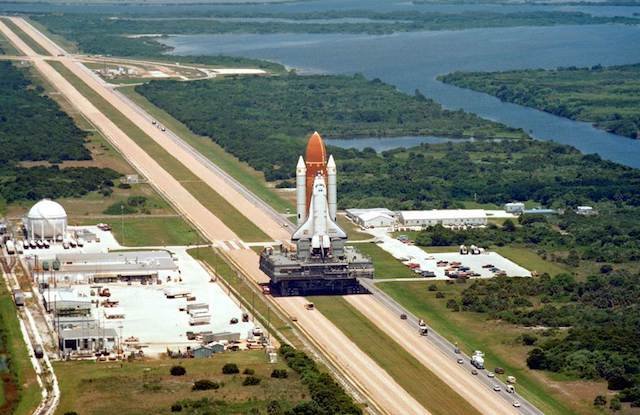
The cultural memory of American relations with the USSR is that the countries were so at each other’s throats that this disaster would be a perfect excuse for Soviet propaganda to gloat. What could be a more convincing case that the Americans were mishandling their space programs during a heated period of the space race? But the Soviet media instead treated it as a horrifying shock. The New York Times reported that, if anything, the average person in Moscow was surprised that there was no ejection system for a shuttle built in a country as advanced as America.
Indeed, the airing of the footage was accompanied by mournful Glenn Miller music in a show of solidarity, and Soviet cosmonauts sent a telegram directly to NASA expressing their condolences. Despite all this, as BBC Russia representative Famil Ismaliov reported, by the anniversary of the event in 2016, Russian state media did not publish any memorials or even mentions of it and it wasn’t a topic of conversation. In his opinion, at least, that said more about the mood of the country in 2016 than it did the sincerity of the Russian people at the time.
8: Settlement
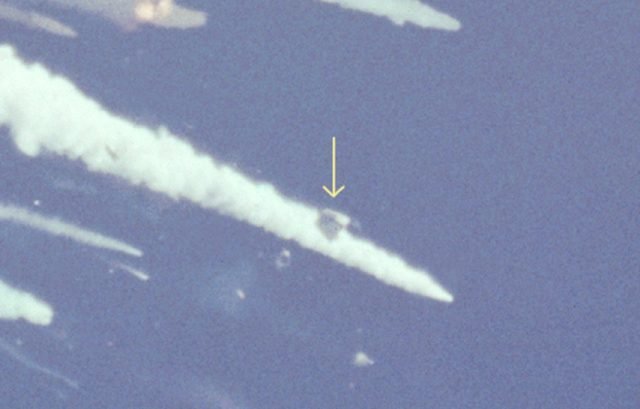
In 1988, four of the families of the victims of the disaster reached a settlement with Morton Thiokol, the manufacturer that was judged at fault for the mechanical failure. The four in question were the families of Francis Scobee, Ellison S. Onizuka, Gregory P. Jarvis, and Christa McAuliffe. It had been Leo B. Lind Jr., the law partner of McAuliffe’s husband Steve, who had represented them. The total settlement among the ten people was $7.7 million, which as of August 2017 was the equivalent of $16.3 million.
At the time, attorney Ronald Krist, who’d successfully represented the families of a 1967 Apollo shuttle disaster, said that the payout was “woefully inadequate,” and that the families should have accepted a settlement of nothing less than $20 million. Their desire to be done with the process is still completely understandable.
7: Last Words
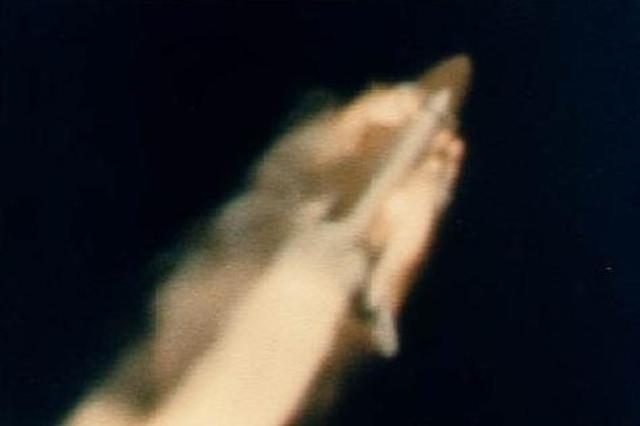
In 2001, a purported transcript of the last words of the Challenger crew circulated online. It included such dramatic comments as one of the male members reassuring the others that they had to “think positive” and “It’ll be just like a ditch landing” when the shuttle was approaching the water. The final words of the transcript were the touchstone Biblical verse Psalm 23:4 (“Even though I walk through the Valley of the Shadow of Death…”). Snopes.com eventually reported that what had been fooling the internet was actually from a 1991 Weekly World News article and was a heinous hoax.
The truth of what the doomed astronauts said was much more mundane, and yet oddly incongruent. Initially NASA reported that the last recorded words were Commander Francis Scobee saying “Roger, go at throttle up.” Later analysis of the tape indicated that the real last recorded words were pilot Michael J. Smith saying “uh oh.” It was a poignant reminder that these were unsuspecting people in this situation, not over-the-top characters.
6: Ten Years of Parts
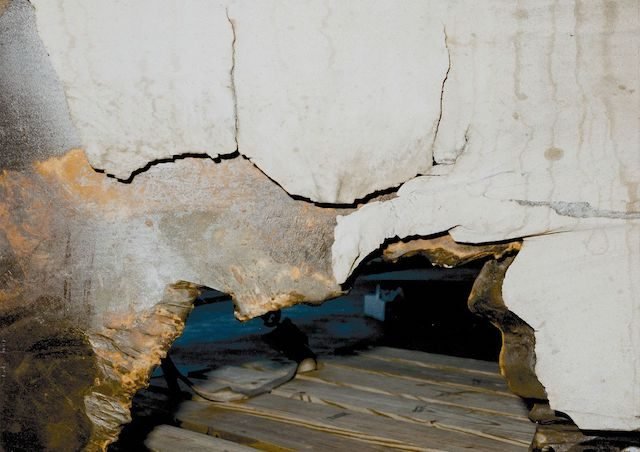
Although the main area of the crashed remains of the shuttle was located within a day, it took a month and a half of salvaging operations to retrieve most of the wreckage, and it was near the end that the crew cabin with the deceased was found. Since the Challenger shuttle was composed of well over 5,000 parts and weighed more than 250,000 pounds, parts from the vessel washed up on Cape Canaveral and other Florida beaches for years after.
The most dramatic delayed finding was in 1996, when an eight foot-long and a 13 foot-long section of wing washed up on Cocoa Beach, discovered by a pair of fishermen 20 miles apart. The pieces were in good condition despite being encrusted with barnacles. Bruce Jarvis, father of crew member Gregory Jarvis, said that each story of recovered material for him was “like somebody picking at a scab.”
5: It Did Not “Explode”
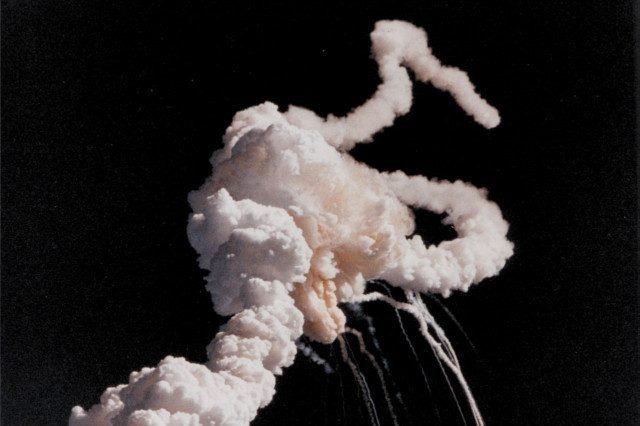
Despite the common impression one might get that the shuttle exploded in midair (especially when you learn that the problem was related to a failure in the solid fuel leak for one of the booster rockets), the truth was more that the shuttle came apart. Indeed, witnesses on the ground noted that instead of a massive explosion, the end of the Challenger’s ascension was marked by the sound of the main engines coming to a stop. Booster rockets continued to fly upwards after the rest of the rocket collapsed.
There were inevitably explosions after the fact, but these were individual parts making contact with the ground and not the overall vehicle. It certainly didn’t help clear up the misconception that numerous documentaries about the event featured a dubbed in explosion noise during shots of the shuttle disassembling. Because adding in over-the-top sound effects is certainly a classy thing to do when “documenting” a tragedy.
4: The Consciousness Debate
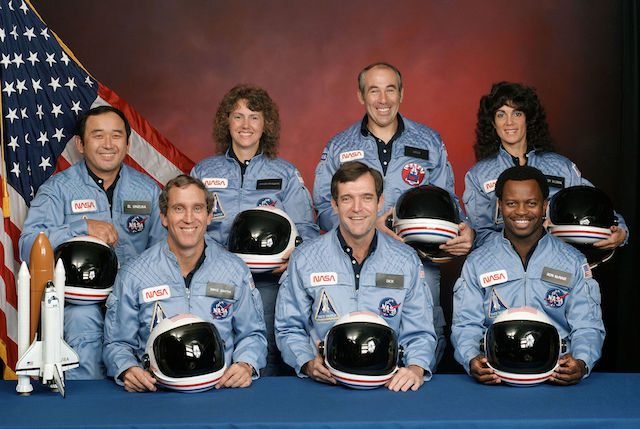
Considering that the crew cabin was salvaged intact as a result of the shuttle falling apart instead of exploding, the grim questions many people began to ask was whether the people trapped in the shuttle had suffered physically and how aware were they of their impending deaths beyond Smith’s brief final words. It was initially hypothesized that the changes in cabin pressure and increase in Gs would have, relatively mercifully, ended the crew’s lives immediately.
Analysis of the wreckage found that three of the astronauts had the time and the presence of mind to open their air packs. Michael J. Smith’s was still mounted on the seat behind him, meaning a crewmember not only opened their’s but was able to activate his. This indicated there was not an immediate drop in pressure, which would have knocked the crew out in seconds, so they would have had time to see their cabin tilting down to the ground and potentially survived to be killed on impact with the water. It serves as a vivid reminder that all future expeditions into space should take all extra precautions they can to ensure nothing like this ever happens again.
3: The Engineer Who Anticipated It And Blamed Himself
Bob Ebeling was the leader and organizer of a group of five engineers who foresaw the lethal disaster coming, so much so that the group tried to convince NASA to cancel the launch. Ebeling also told his wife the shuttle would blow up the next day. Three weeks into the investigation, he was one of two engineers than anonymously informed National Public Radio of their attempt to have the launch cancelled. It wasn’t until 2016 that Ebeling identified himself to NPR’s listeners, along with his colleague Roger Boisjoy. Even though they’d done what most people would consider all a person could do to attempt to save the seven crew members, the very religious Ebeling was extremely hard on himself for not going further for the following 30 years. He went so far as to call the fact he was one of the people who was in a place to attempt to convince NASA not to go forward with the launch “one of God’s mistakes.” He went into a depression shortly after the disaster that compelled him to retire.
There was a silver lining to this story. After National Public Radio broadcast his interview, there was an outpouring of support from listeners for Ebeling. He received numerous phone calls and letters, one of the more notable ones being from his superior Allan McDonald, who reminded him that Ebeling had been one of the people who started the movement and that he’d gone above and beyond the call of duty. Even Robert Lund, one of the people directly involved in the decision to launch and someone who’d been forced to move by the local backlash, called Ebeling and told him that he and the four other engineers had done all they could. Charles Bolden, a NASA administrator, wrote him to commend Ebeling for inspiring other engineers at NASA, and for reminding personnel in the administration that they had to be vigilant in ensuring the safety of future missions. Ebeling’s wife Kathy told NPR that these messages had significantly lifted her husband’s spirits.
2: Beyoncé’s Sample
In one of the most questionable moments of alleged attempted tributes in popular culture, Beyonce decided to sample part of the news coverage provided by NASA public relations officer Steve Nesbitt for her 2013 song XO. The sample was, “Flight controllers here looking very carefully at the situation. Obviously a major malfunction.”
To put this at the beginning of a love song instead of any sort of memorial for the event was inevitably seen as an extremely distasteful joke, a sentiment that was barely changed by Beyonce’s statements after the fact that she meant for the song to “help to heal.” Not that any of the controversy prevented the song from going gold.
1: Richard Feynman’s Demonstration
In by far the most famous bit of forensic work after the explosion, Caltech Physicist and Nobel laureate Richard Feynman demonstrated in 1986 that the O-rings used to connect the solid fuel rocket boosters weren’t sealing properly by dunking one of them in a glass of cold water and showing the press that it had lost all elasticity. As he explained, on the night before the launch temperatures had reached freezing. Unlike prior test launches, NASA hadn’t had time to test how well the equipment would function under freezing conditions because they were operating under an overly tight schedule as dictated by the government.
Feynman’s discovery did not come easily; he’d spent a long time testing whether fuel turbine blades were at fault for the critical failure. It wasn’t until NASA released photos that revealed a leak in one of the boosters that he began looking in the right direction. It’s also worth noting that at the time, he was battling the cancer that would end his life in 1988. He passed away before NASA was able to launch another shuttle.